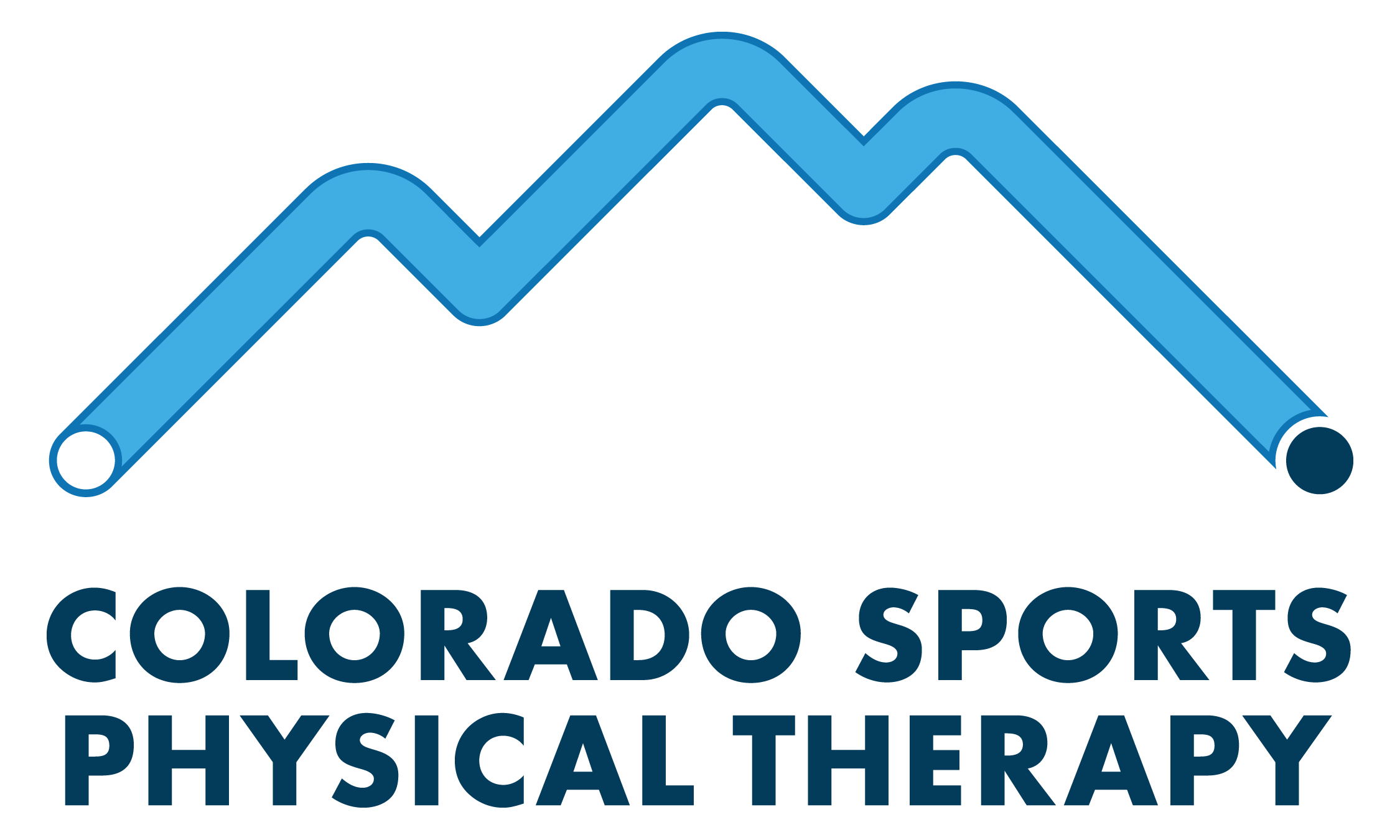TOP 3 NUTRITION TIPS FOR INJURY RECOVERY
This week’s blog post features our partner, Maddie Alm, Registered Dietitian behind Fueling Forward. To learn more about Maddie and her offerings, visit our partner’s page on our website or check out her website at www.fuelingforward.com.
Whether you’re an elite athlete or a weekend warrior, you’ve probably experienced an injury at some point in your career. Being sidelined from the sport you love can be hard, and injured athletes will do anything to recover as quickly as possible. But what most people don’t realize is that prioritizing nutrition is just as important when it comes to recovering from an injury as physical therapy and rehab. Here are the three most important aspects of nutrition to focus on when healing from an injury:
1. PRIORITIZE PROTEIN
Protein is the building block that your body uses to rebuild and repair damaged tissues, including muscles, tendons, joints, and ligaments. No matter how much rehab you do, if your body doesn’t have the protein it needs to rebuild, your recovery will take much longer. Focus on getting lean protein at each meal and snack. The exact amount you need varies from person to person, but a good goal is to have 20-40 grams of protein at meals and 10-20 grams of protein at snacks. Some examples of high quality protein includes:
● Lean meat (chicken breast, turkey, pork, lean cuts of red meat)
● Dairy (milk, cottage cheese, Greek yogurt, etc)
● Nuts and seeds (trail mix, nut butters)
● Legumes (beans, peas, lentils)
● Fish (salmon, tuna, cod)
● Tofu or tempeh
● Eggs
2. REDUCE INFLAMMATION
Some inflammation is needed to help with the healing process, but too much can slow down recovery. Focus on foods that are high in anti-inflammatory nutrients and limit foods that can increase inflammation to help your body balance its naturally inflammatory response.
● Eat more of these anti-inflammatory nutrients:
○ Phytochemicals: found in colorful fruits and vegetables like berries, bell peppers, dark leafy greens, onions and garlic, and tart cherry juice
○ Omega-3’s: found in fatty fish (tuna and salmon), chia seeds, flaxseeds, walnuts, and edamame
○ Antioxidants: berries, citrus fruits, dark chocolate, green beans, beets, spinach, and red cabbage
● Eat less of these foods that can increase inflammation during injury:
○ Refined grains: white bread/pasta (sub for wheat), white rice (sub for brown), pastries, cakes, crackers
○ Added sugar: mostly found in sugar sweetened beverages, cereals, candy/sweets, flavored yogurts, and pre-made sauces
○ Saturated fats: found in fried foods, chips, creamy sauces, fast food, and convenience meals
3. DON’T TRY TO EAT LESS TO “MAKE UP” FOR LESS ACTIVITY
This is one of the most common mistakes I see injured athletes make. They assume that because they are training less, they should be eating less. In reality, your body is needing those nutrients even more right now to help repair and heal your injury. Not to mention, cross training still requires carbs, protein, and calories! Putting your body into a deficit to try to maintain your leanness is not only going to slow your recovery down, but makes it more likely that you’ll experience more injuries down the road.
The best way to make sure you’re eating enough is to focus on getting three meals a day and one to two (or more!) snacks, and to listen to your body. If you feel hungry, eat something! Consistently eating throughout the day keeps those building blocks available at all times, so your body can continue to heal and recover.
